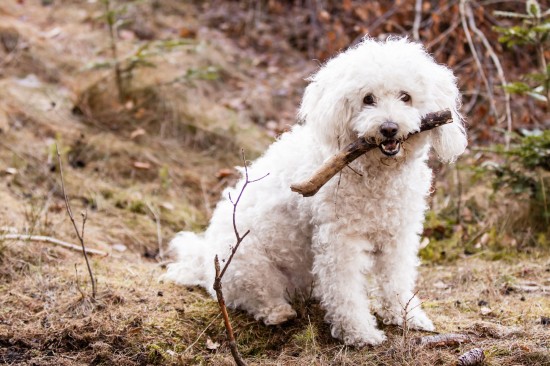The bit truly is the key to the horse. When considering the partnership between the rider and the horse, the bit is fundamental to the success of that relationship and finding the right bit for the job can be a challenge, often achieved more through luck than judgement.
By correlating what you observe in your horse's behaviour with the variety of bit features, one can become more confident about the bit you choose, however perfectly categorising horse bits and their specific function is difficult. Many of the features of horse bits are often mixed together to form new varieties, however for our purposes in this first article we will create some broad definitions that will form the basis of our future discussion.
Snaffles are what are called direct pressure bits. When the rider pulls on the rein, that force is applied directly to the bit. This style of bit is particularly effective when training a new horse but it can be used at anytime.
Curbs bits are leverage bits. The physical construction of the bit is designed to generate leverage and multiplies the pressure applied by the rider. The longer the bit shank or cheek length the more force will be transferred. Best used in the hands of a more experienced rider who has developed a controlled touch.
Combos. The combination of pressure and leverage is possible with some bits such as Pelhams and Gag bits.
To complement these basic principles of horse control there are a wide variety of bit attributes, giving great flexibility to the knowledgeable rider looking to address particular issues with their horse. As an example the swales 3-in-1 bit offers a number of combinations of features. The swales is popular with riders with strong horses. This controlling force is applied through a curbing action and can be varied by choosing a specific shank length.
One can also choose a different physical composition for the bit for example copper offers a affect that encourages the horse to salivate and can lead the horse to being more responsive to the bits action.
On the other hand a rubber bit is a gentler bit and often a good idea for the younger horse as they are learning to correctly respond to the will of the rider and the action of the bit.
A stronger bit might subsequently be necessary if the rubber bit is not allowing sufficient control such as when the horse gets bigger or more canny. Having said that when the horse works well with the soft bit do not feel obliged to change as the horse gets older. As the saying goes "if it aint broke dont fix it" which is often a good philosophy with horses.
Changing the height of the port in the bit is another variable you might consider. The height of the port can allow more room for the tongue but can cause more pressure on the horse's palate when the reins are pulled. So in this case very careful evaluation of your requirements is recommended so that you do not injure your horse.
To summarise for this first part, one can physically control the horse with direct or indirect force, and the bit can be designed to provide greater or lesser amount of force depending on the horse. The behaviour of the horse when on the bit can be mitigated by adjustments to the mouth piece form and even its composition such as copper or rubber.
In our next article in this series we will look at some typical behavioural issues with horses that can be addressed by exploiting different bit forms. However remember your horse is a animal that deserves love and respect and one should not simply apply general rules in a prescriptive way. Your horse cannot talk but he is definitely trying to help you solve your problem.

 Doge Acne - Spots And Blackheads On Dogs
Doge Acne - Spots
Doge Acne - Spots And Blackheads On Dogs
Doge Acne - Spots
 The First Riders - The History Of Horse Riding
The First Riders
The First Riders - The History Of Horse Riding
The First Riders
 The best and unique dog care services available online
The best and unique dog care services available online
The best and unique dog care services available online
The best and unique dog care services available online
 How Does Vitamin B12 Help Cats?
How Does Vitamin
How Does Vitamin B12 Help Cats?
How Does Vitamin
 How A Puli Puppys Corded Coat Develops And Grows
How A Puli Puppys
How A Puli Puppys Corded Coat Develops And Grows
How A Puli Puppys